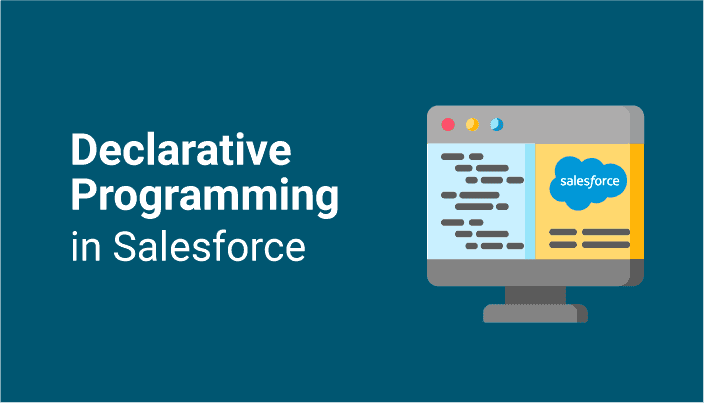Declarative programming in Salesforce refers to building applications using point-and-click tools rather than writing code. This approach allows business analysts (BAs) to configure Salesforce applications through user-friendly interfaces, such as Salesforce’s Lightning App Builder, Process Builder, Workflow Rules, and Flow Builder, without needing to know programming languages like Apex or Visualforce.
Here’s how declarative programming helps business analysts understand Salesforce:
- No Coding Required: Declarative tools abstract away the complexity of coding, allowing BAs to design and customize Salesforce applications using intuitive interfaces. BAs can create and modify workflows, validation rules, page layouts, and reports without writing a single line of code.
- Visual Representation: Declarative tools often provide visual representations of business processes, data models, and user interfaces. This visual approach helps BAs to conceptualize and understand how different components of Salesforce are interconnected and how they impact business operations.
- Rapid Prototyping: With declarative tools, BAs can quickly prototype and iterate on Salesforce solutions. They can easily experiment with different configurations and see immediate results, enabling faster feedback loops and more efficient development cycles.
- Empowered Collaboration: Declarative programming promotes collaboration between BAs and developers. BAs can use declarative tools to define requirements and business logic, which developers can then enhance with custom code if necessary. This collaborative approach ensures that Salesforce solutions align closely with business needs while leveraging the expertise of both BAs and developers.
- Reduced Maintenance Overhead: Since declarative configurations are often easier to understand than custom code, they typically require less effort to maintain. BAs can easily update and modify Salesforce applications as business requirements evolve, without needing deep technical knowledge or relying heavily on developers.
- Alignment with Business Needs: Declarative programming encourages BAs to focus on solving business problems rather than getting bogged down in technical details. By using intuitive tools to configure Salesforce applications, BAs can ensure that the final solutions closely align with business goals and user requirements.
In summary, declarative programming in Salesforce empowers business analysts to understand and customize Salesforce applications without needing extensive technical expertise. By leveraging user-friendly tools and visual interfaces, BAs can design, prototype, and iterate on Salesforce solutions that effectively support business processes and drive organisational success.



